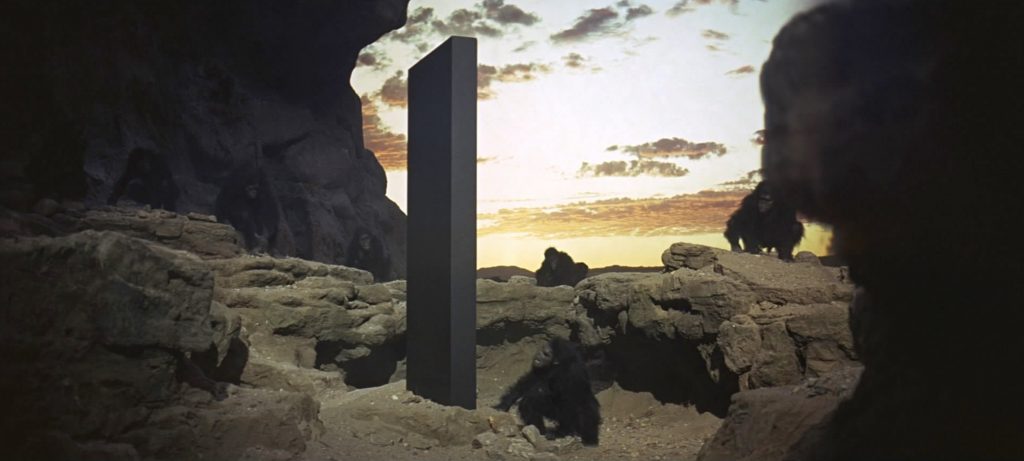The stunningly beautiful imagery the James Webb space telescope has produced gave me a greater appreciation for the ape-men characters in Stanley Kubrick’s 2001 film “A Space Odyssey.”
Staring at these images of new galaxies made me a kindred spirit to the fictional ape-men who dragged their knuckles around the mysterious obelisk they discovered in an imaginary prehistoric past.
Being scientifically challenged, I realized attempts at keeping pace with the slew of news stories and media accounts of what the telescope’s discoveries have revealed would be a fool’s errand. I opted instead to just sit back in my cave, let my inner Neanderthal loose, and revel in the sheer mystery and majesty of it all.
I do have internet in my cave, although my internet provider — who will remain nameless — seems to use technology Stanley Kubrick’s ape-man would consider B.C,, so I took time off from cave painting to try and understand something about what the images were telling us. In Kubrick’s film the mysterious obelisk says nothing, reveals nothing, and emits an unnerving and incessant electronic hum — kind of what happens in my brain when I try to understand lofty ideas.
Proving miracles still happen, I grasped certain nuggets of scientific fact the images show. Usually, those of a more materialist bent see every new scientific discovery as further distance between belief in God and closer proximity to scientism. But this new discovery, like every other scientific discovery, actually does the opposite.
When we get over the knuckle-dragging shock and awe of the images, the scientific stuff takes over for sure, but so does God.

According to the science, these images reveal heretofore never seen galaxies. The irony is, we are seeing them for the first time, but we are not seeing them as they are, but rather as they were. Because of the vagaries of light speed and the incredible distances light has to travel to reach the mirrors and sensors of an earth-launched telescope, billions of earth years fly by. So, in essence these “new” images, the product of the most future-looking technology we have, are in actuality the view of a very distant past.
Some stars in the recently captured images may not even exist anymore. It almost feels like a cosmic joke. Despite how advanced we may think we are, the distance between the truth and our ability to ascertain it remains billions of light years away, scientifically speaking, of course.
God does not come into this picture now; he was always in the picture. Because unlike us, he exists outside of time and space. The past, here on earth or in those galaxies we are seeing for the first time, remains rigidly in the past. We can now look in the rearview mirror and learn from the past, but there is nothing we can do to change it. We dabble in other science-fiction fantasies like time travel, but the future remains scientifically unapproachable.
Since the past is over with and the future is elusive, we are left, technology or not, only with the present. And since God is eternal, he does not concern himself with words like “past,” “present,” and “future,” which are merely constructs built by his creatures, trying to grasp something he needs no help in understanding.
If there is a place where God makes a grand entrance in this story, a place and time we can wrap our minds and hearts around, it is at the holy sacrifice of the Mass. It is at every Mass where that one eternal moment of the crucifixion is made present to us. We are not recreating anything, we are not looking back, and we are certainly not looking forward, we are looking at the eternal moment of our eternal God as he paid that price once and for all.
There are no telescopic images that are going to capture that image, and feeble minds that identify with movie character ape-men are not going to do it justice. So, I will hang images of that loving God in my cave, kneel in worship of his most precious body, blood, soul, and divinity, and leave the science, fact and fiction, to the more evolved of my species.

